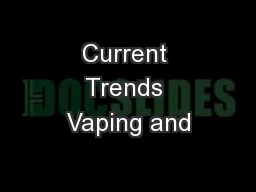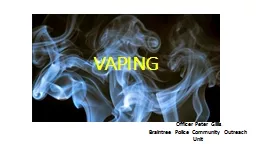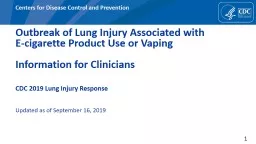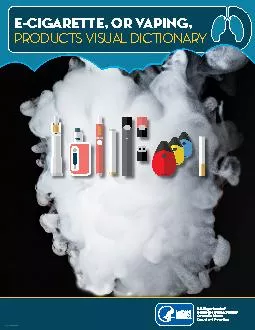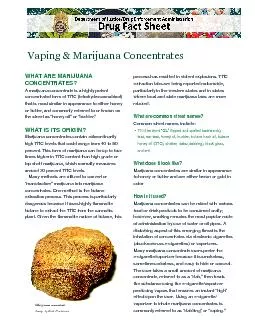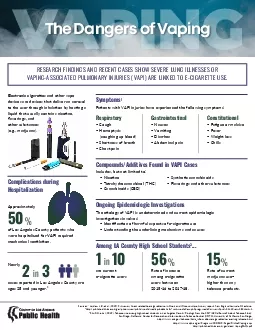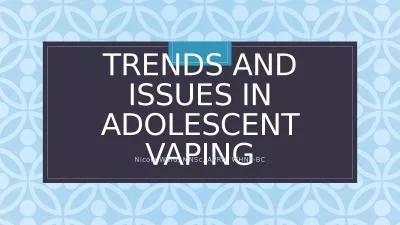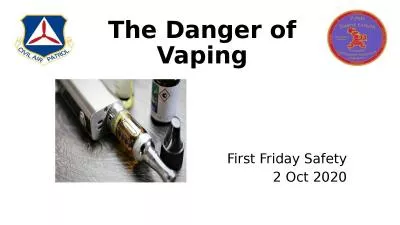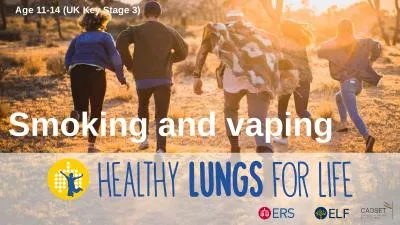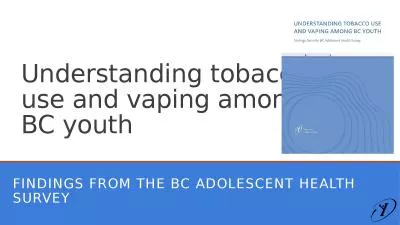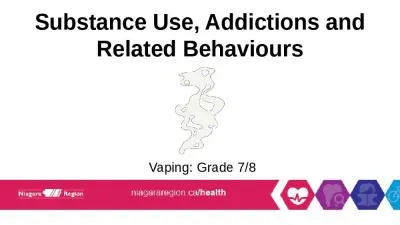PPT-Current Trends Vaping and
Author : kittie-lecroy | Published Date : 2018-09-23
Juuling What You Need to Know and Helpful Ways to Talk To Youth Community council April 5 2018 Vaping and ECigarettes Overview httpswwwyoutubecomwatchv9dZSRniak0
Presentation Embed Code
Download Presentation
Download Presentation The PPT/PDF document "Current Trends Vaping and" is the property of its rightful owner. Permission is granted to download and print the materials on this website for personal, non-commercial use only, and to display it on your personal computer provided you do not modify the materials and that you retain all copyright notices contained in the materials. By downloading content from our website, you accept the terms of this agreement.
Current Trends Vaping and: Transcript
Download Rules Of Document
"Current Trends Vaping and"The content belongs to its owner. You may download and print it for personal use, without modification, and keep all copyright notices. By downloading, you agree to these terms.
Related Documents

